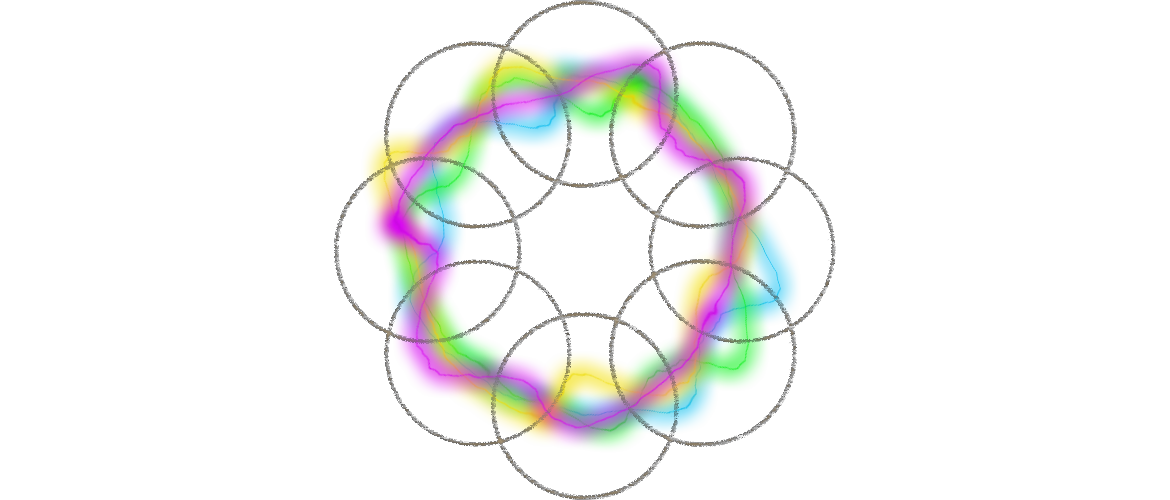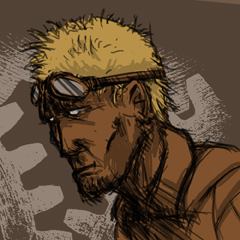Kashik
"They may be slow, but you never know what might come from one of them..."
Slow, hardly steady
Found amongst the dunes of Kubicha, kashik are more commonly called sand snakes. Their name stems from the grains of sand that attach themselves to their body over their lifetime, taking them from having a pinkish colouration at birth to being nearly imperceptable when they aren't moving. As the grains build up across their bodies, it eventually can impede the mobility and flexibility of some of the oldest kashik, as the odd shapes begin to hinder their movement. While older kashik tend to have greater difficult with mobility, all kashik are fairly slow in their movements to give the illusion that they are simply sand shifting in the wind. Kashik usually have a gradual approach to hunting, giving the animal a sense of safety before snapping out and punching their razor sharp teeth through their prey's skull. After the prey has been killed, they then begin the process of slowly devouring it whole, inch by inch.Under the Dunes
Born in clutches of a dozen or so eggs, kashik are left to their own devices from birth. Their mother leaves her eggs buried under the sand for safety while they grow, never to return. Many kashik break the eggs of their siblings for food, ensuring that they have minimal challengers to the prey in their immediate area. Kashik are solitary, and should another kashik approach them in their territory, they will fight until the other is dead to keep their claim. Older kashik, when crossing into territories that are not their own, may simply give up to their kin due to their inability to fight with great ease. Some believe this is also due to the pain that they may feel, as sand snakes are unable to remove the grains that attach to them, no matter what odd shapes they may take. While they are unable to remove the grains by themselves, there have been some who have taken it upon themselves to remove the sand from older kashik, though this usually results in the death of them as the removed sand no longer camouflages them against the dunes. Some manage to only remove all but the barest covering, giving them their original flexibility back, however it is painstaking and kashik can be uncooperative to these efforts.
Lifespan
6 to 10 years
Average Weight
Approx. 2lbs
Average Length
1.5 to 2 meters




I love my precious sand snakes. I will protect them with my life.
And they will probably bite! But, y'know, affectionately?